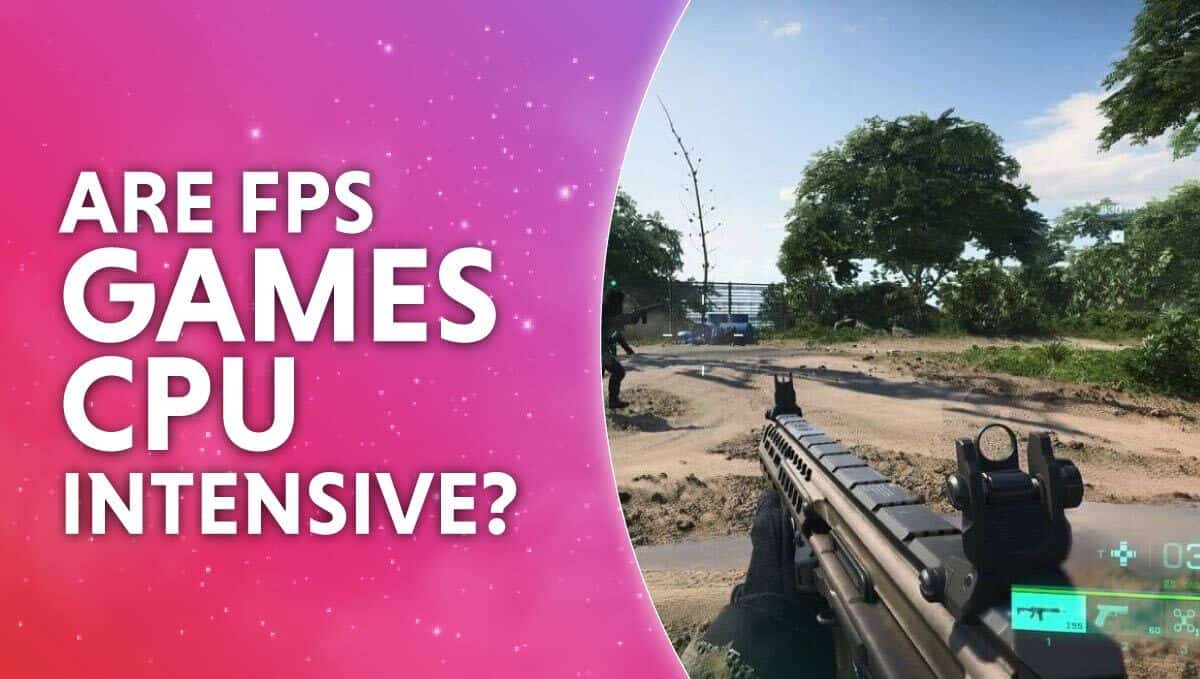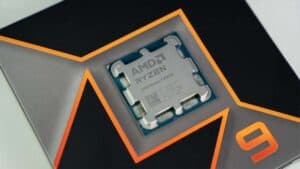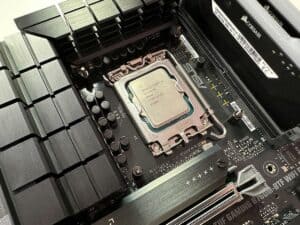Are FPS games CPU intensive?
Are FPS games CPU intensive? Let's find out

WePC is reader-supported. When you buy through links on our site, we may earn an affiliate commission. Prices subject to change. Learn more
First-person shooters, often called FPS games, are quite popular these days, with titles like Valorant, CS:GO, and Rainbow Six Seige. It’s often said that FPS games are more CPU-intensive. Today, we determine whether or not there’s any truth to that claim. Let’s find out – Are FPS games CPU intensive?
Now Read: CPU-intensive games
What does it mean for a game to be CPU intensive?
Your computer has two microprocessors, your CPU and your GPU. The two of these work in tandem with each other to produce the frames you see on your screen while gaming.
A game that’s CPU intensive relies more heavily on the processor, whereas one that’s GPU-intensive uses up more of the GPU. Most games maintain a reasonable balance in their CPU and GPU utilization, but some have more lopsided hardware demands.
RTS games and battle simulators, for example, require tons of physics, NPC, and AI calculations to be made by the processor. Games that fall into this category also usually don’t have the best visuals, so they end up being very CPU-intensive.
GPU-intensive titles are usually 3D open-world sandboxes that feature beautiful graphics as one of their primary selling points – Elden Ring, Cyberpunk 2077, and Hogwarts: Legacy is some very popular examples.
How CPU-intensive are FPS games?
Now, let’s talk about FPS games. There is significant variety in games within the FPS genre, so we’ll break it down further.
Competitive FPS shooters
Generally speaking, competitive FPS titles tend to be CPU-intensive. Not because they’re particularly demanding on the CPU, but more so because of how undemanding they tend to be on the GPU.
FPS games, especially ones that feature a competitive multiplayer mode, usually don’t have extravagant graphics. Maps are designed with simplicity and practicality in mind, and the emphasis is on shooting and weapon-based combat instead.
While playing such a title, your CPU has to work harder relative to your GPU. Your CPU might not be working very hard at all compared to other, more demanding games.
Single-player FPS games
Not all FPS games are CPU-intensive. The most popular FPS titles are CPU-intensive competitive shooters such as Valorant and CS:GO, but there are also some pretty popular campaign-focused single-player shooters that fall into the FPS genre.
Titles from the Halo, Destiny, Doom, and COD series are pretty good examples of games in this category.
Single-player shooters with campaign and story modes typically feature much better graphics and utilize your CPU and GPU more evenly or simply end up being more GPU-intensive overall.
Battle Royales
In this subcategory, we have games like COD: Warzone and Apex: Legends. Battle royales use a first-person view instead of the conventional third-person view used by titles such as Fortnite and PUBG.
First-person battle royales are quite demanding on both your processor and your graphics card. It’s difficult to say whether they’re CPU or GPU-intensive.
For most titles in this category, it really boils down to your in-game settings. It’s easy to achieve a high GPU utilization by running the game at a higher resolution or framerate, and you have the ability to adjust your CPU usage as well, with settings such as render distance and draw distance.











